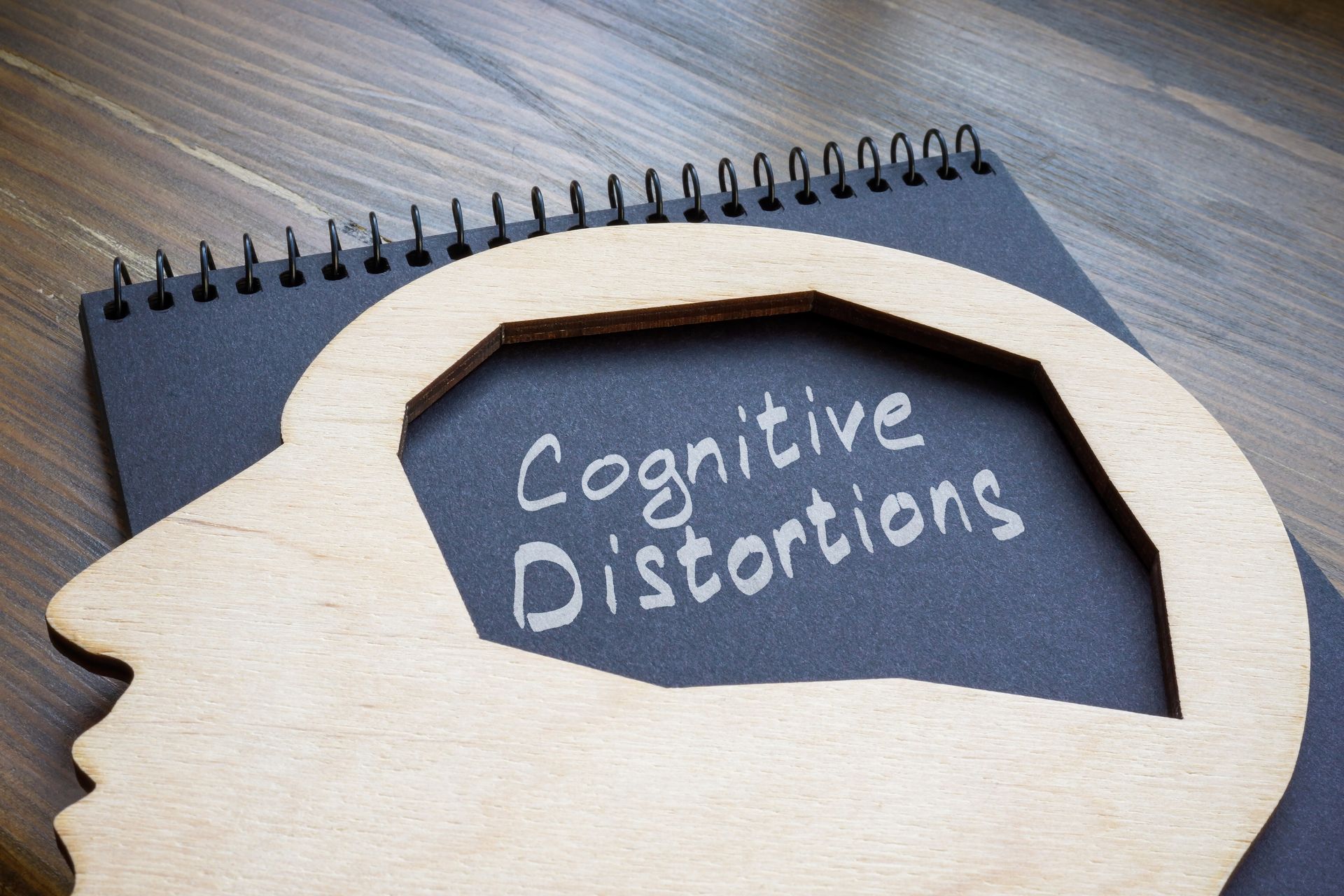Evaluating Program Effectiveness: Addressing Criminogenic Needs
Two programs are successfully addressing criminogenic needs: World Impact's TUMI seminary-level education program offered in prisons across the US, and House of Mercy's re-entry ministry in Washington state. These two organizations are effectively reducing reoffending by focusing on addressing criminogenic needs. In this post, we highlight House of Mercy Ministries
As program evaluators, our role is to collect and analyze data to assess the effectiveness and efficiency of programs, initiatives, and organizations. Our evaluations help determine whether these efforts are achieving their intended goals and highlight areas for improvement by examining their outcomes and impact on target populations. Essentially, program evaluation is a structured approach to measuring a program’s success and identifying where adjustments may be needed.
Two notable projects we have recently evaluated are World Impact's prison ministry and House of Mercy's re-entry ministry. These programs have demonstrated measurable success, significantly reducing recidivism by addressing key criminogenic needs among individuals involved in the justice system. In this post, we focus on the impactful work of House of Mercy.
Understanding Criminogenic Needs and Their Impact on Recidivism
Before delving into the data, it is essential to understand criminogenic needs and their relationship to re-offending.
What Are Criminogenic Needs?
Criminogenic needs are factors that directly contribute to criminal behavior and recidivism. Research has identified six primary criminogenic risk factors:
- Anti-Social Cognitions/Criminal Thinking: Individuals who display anti-social cognitions often don’t show concern about how their actions affect others and may not feel any remorse for what they have done. Their thought patterns often reinforce participation in criminal activities through self-interest, minimization of pro-social activities, and denial of responsibility for behavior.
- Anti-Social Peers/Associates: Associating with others who engage in criminal behavior increases the likelihood of someone recidivating. Someone who is immersed in a group of peers who continue to commit unlawful acts is more likely to commit more crimes.
- Family and Marital Relations: Someone who lives in a dysfunctional family is more likely to be in a setting where they learn criminal behaviors. Such individuals may not have positive role models within the home to help teach pro-social values.
- Work and School: When employment is unstable and individuals have had limited school achievement, they are more likely to engage in criminal activity.
- Leisure and Recreation: Individuals who report fewer leisure and recreational activities that are pro-social are more likely to engage in criminal behavior than those who report more frequent engagement in these activities.
- Substance Abuse: Research shows a relationship between substance abuse and criminal behavior. The prevalence of alcohol and drug use is 4 times higher among offenders than in the general population. Evaluations of substance abuse treatment programs have generally established treatment as an effective tool at reducing drug use and crime, according to research (Wooditch, Tang, and Taxman, 2014).
Addressing Criminogenic Needs Through Intervention
A study by Brooks Holliday, Heilbrun, and Fretz (2012) examined an intervention targeting criminogenic risk factors. The program involved 71 male residents under the custody of the New Jersey Department of Corrections. Participants attended lectures covering topics such as antisocial attitudes, criminal thinking patterns, substance abuse, and behavioral patterns. Individual and group counseling sessions based on cognitive behavioral therapy (CBT) helped participants address deficits in these areas. The study found a significant improvement in participants’ criminogenic needs.
Further research by Wooditch, Tang, and Taxman (2014) reinforced these findings. Their study of 251 probationers participating in an 18-session intensive CBT program demonstrated significant improvements in family relationships, engagement in pro-social activities, and reductions in substance use.
House of Mercy's Approach to Reducing Recidivism
Evidence-based programs that address criminogenic needs play a crucial role in reducing recidivism. House of Mercy is one such organization committed to supporting formerly incarcerated individuals through comprehensive reentry programs.
Our ongoing evaluation of House of Mercy has yielded encouraging results, with consistent improvements in key areas:
- Perceptions of Program Impact: Participants highly value House of Mercy’s reentry program, particularly its focus on life skills, prosocial behaviors, and community engagement.
- Cognitive Adaptability: Participants demonstrate strong adaptive thinking skills when faced with stressful life events, a critical factor for successful reentry.
- Coping Strategies: Evaluations indicate that participants exhibit psychological resilience, grit, and effective problem-solving skills, all of which contribute to positive reentry outcomes.
- Social Support: House of Mercy provides robust mentoring, relationship-building opportunities, and emotional support, which have been identified as critical factors in reducing recidivism.
- Employment and Education: Participants report high levels of satisfaction with their employment and educational trajectories, indicating that House of Mercy’s workforce development initiatives are making a meaningful impact.
Transforming Lives and Communities
Both World Impact and House of Mercy are dedicated to breaking cycles of crime and facilitating positive life changes through education, employment support, prosocial cognition, and relationship-building. These efforts not only transform individual lives but also contribute to the broader goal of safer, more stable communities.
Through ongoing research and program evaluation, we continue to support initiatives that address criminogenic needs, ultimately reducing recidivism and improving reentry outcomes.
Want to learn more about how to partner with us to evaluate your social impact program and maximize your impact? Learn more about our evaluation services
here.










